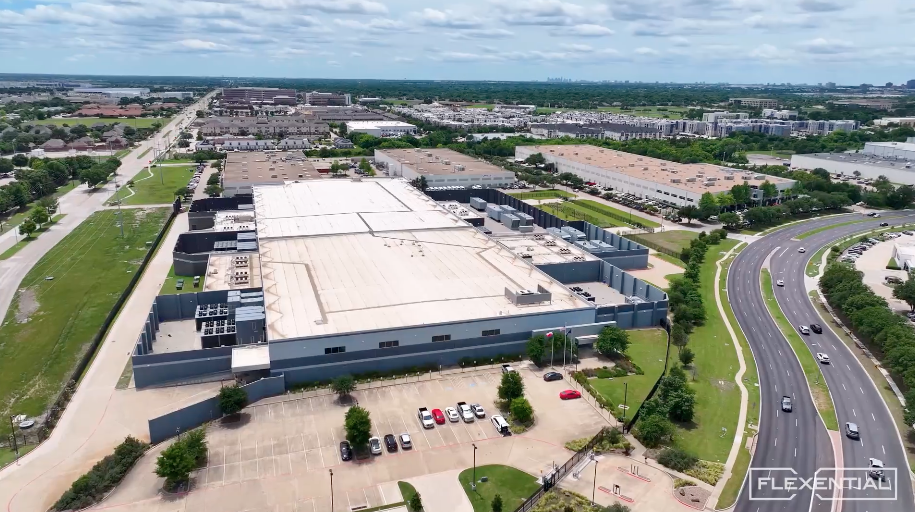Managing hybrid and multicloud environments for the long term
Exploring how enterprises are leveraging hybrid and multicloud environments to meet the demands of the modern workplace.

Enterprises have embraced hybrid and multicloud environments to optimize workload placements and address increasingly complex business challenges. In fact, more than 89% of businesses have already adopted these infrastructures. This widespread acceptance is not surprising. Hybrid IT solutions—whether a combination of colocation and cloud or multiple clouds—can help enterprises address any number of challenges, including supporting remote workforces, mitigating supply chain issues, introducing edge deployments, and delivering the intense IT requirements of autonomous vehicles, 5G, artificial intelligence (AI) and virtual reality.
Governance aligns business direction with IT deployments
Governance should be an ongoing effort that adapts to changing business direction and desired outcomes to improve inventory modeling and effective decision-making, minimize risk, and ensure functionality. To encourage desired outcomes and optimal operations, enterprises should review governance practices regularly to ensure they still align with technology requirements and business goals. Enterprises can lose sight of the environment and management responsibilities without regular reviews. This can introduce configuration variability, security and compliance risk, and spiraling costs. It can also lead to costly and complex environmental issues such as repatriation, IT sprawl, and refactoring.
Third-party providers can help enterprises establish and adapt governance models to their changing needs. The Flexential Professional Services team has the experience to help ensure governance continues to align with corporate expectations, including security and resource efficiency.
Establishing the right expertise and services across multiple environments
The best governance models integrate technical expertise and market awareness to drive more effective workload decisions and minimize unnecessary expenses. A mandate that imposes an IT strategy without fully understanding its impacts on the organization can lead to costly repatriation—a common misstep in transitioning wholesale to public cloud.
At a minimum, enterprises need someone dedicated to managing the environment to limit costs and ensure availability, compliance, and more. Cloud services should be viewed as an investment that needs to be actively managed to optimize the environments and realize the budget. However, many enterprises lack the time—not to mention the specialized skill sets—to appropriately manage multiple, interconnected environments.
This is even more complex as each cloud environment requires the use of its own toolkits. This may require a team of experts—from a financial analyst to help manage cloud costs to a cloud engineer to optimize the architecture of the multicloud solution.
Many organizations are also utilizing consistent build frameworks across multiple platforms to provide a single location from which they can manage multicloud solutions. This DevOps-like environment simplifies multicloud management and supports portability. Organizations that are not equipped to create and operate this solution on their own can lean on the expertise of a provider team, such as FPS.
When time is an issue, Remote Hands services can also offer support. To address surging power costs, some enterprises are employing colocation-at-scale practices. Remote Hands can be used to install new hardware as needed. This allows internal teams to remain focused on business-driving IT solutions.
Visibility helps control costs and ensure performance
To effectively monitor and manage inventory, ensure the health of the environment, and adhere to their budgets, enterprises need visibility into their environments. Yet, achieving this visibility across multiple cloud environments can be difficult. To gain the necessary insight more easily, enterprises are seeking the “holy grail”: a single pane of glass that offers ready access to the essential data within all of their IT deployments.
Flexential offers services to help enterprises gain insight into their diverse environments. The FlexAnywhere Platform offers end-to-end visibility and control of the IT environment to maximize IT system performance, rapidly access information and make more informed decisions. Flexential Hosted Private Cloud - Advanced Access enables further visibility and control by allowing customers to see into the VMware environment. Enterprises can utilize their own VMware plug-ins to enable third-party technologies and maintain their investments.
Additionally, Flexential Cloud Fabric allows enterprises to manage multiple connections to cloud service providers across distributed regions. Cloud Fabric ensures long-term business requirement alignment by enabling enterprises to cost-effectively achieve the necessary performance and security with cloud connections via AWS, Azure, and Google.
As enterprises continue to build hybrid and multicloud environments, they need to make the appropriate investments to support these complex solutions into the future. The combination of governance, the right support, and visibility can offer an essential foundation to help enterprises understand and continually support business needs without sacrificing performance and security or losing sight of their cost structures.
"Our devices touch the lives of consumers by allowing them to monitor and quickly locate assets—or even individuals. Flexential ensures our systems are always online to support these needs."






